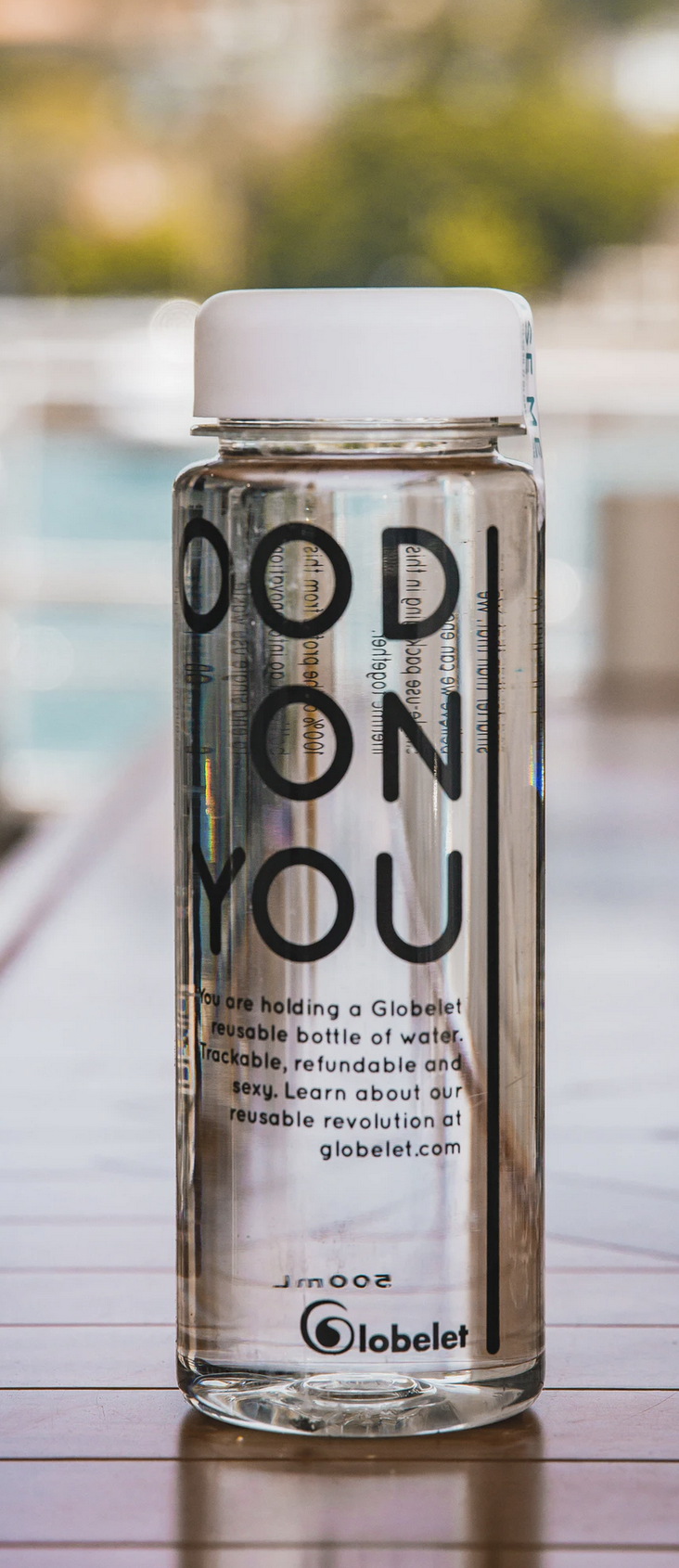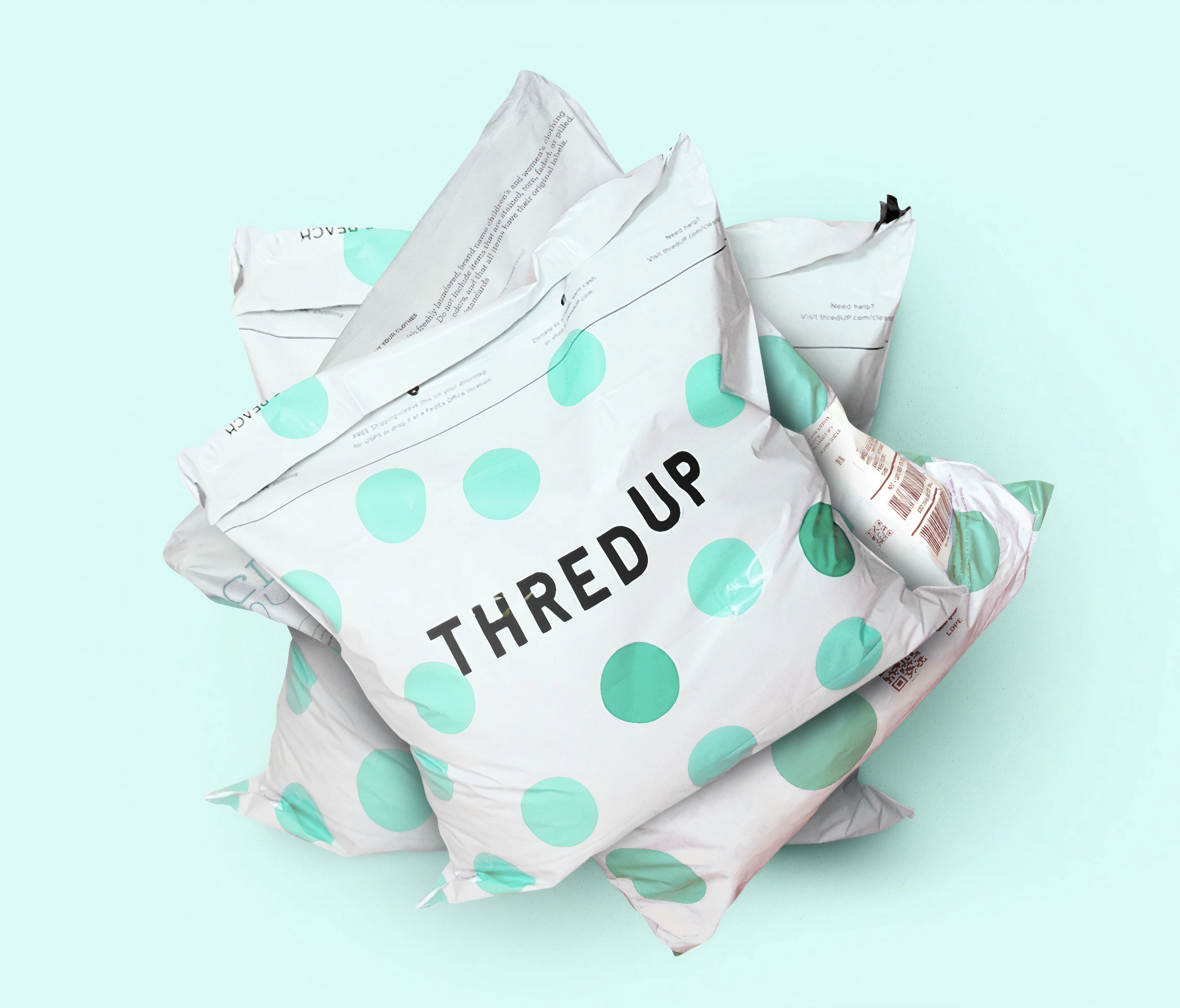The Catch-22 in the Packaging Industry during the Pandemic
Single-Use Is In, Reusable Is Out

Reusable bottle of water
Since the start of the pandemic, the packaging industry has undergone a bit of an overhaul. The principles behind reusable and recyclable materials were quickly forgotten to account for the new norm we have been living in for the past little while. COVID-19 has impacted many industries directly and indirectly, but one thing that can be said about the packaging business rings true: There has been an increase of disposable and single-use items instead of recyclable ones. In years prior to the pandemic, single-use plastic was the villain of all packaging, and one of the main culprits of pollution. In 2020, that quickly changed. Through a sustainability perspective, we look at how this impacted the environment and what we can do to correct this pattern.
COVID-19 has caused many consumers to reassess their priorities when it comes to packaging, particularly due to heightened concerns about bio-safety. Shopping habits are less likely to be swayed by sustainable and eco-friendly choices in a time like this. There have been recent proponents of the need for public awareness of environmental protection, as well as conscious efforts to reduce the reliance on single-use, non-recyclable packaging. Unfortunately, we fear that some of the progress that was made thus far could possibly go undone due to hygiene being the main factor in packaging preferences.
Communities are following public health advice, but this is inadvertently affecting the environment, through no fault of their own. Grocery stores were discouraging reusable bags and deeming them unsafe, while disposable gloves and masks were flying off the shelves. Suddenly, disposable was good, and reusable was bad. This demand is expected to continue well into next year as the winter flu season will likely bring a potential second wave of COVID-19. History repeats itself.
Sanitary vs. Sustainable
Consumers and firms must push ahead to come up with solutions on how to sustainably plan for the future – with a post pandemic outlook. We have been presented with a unique opportunity (and the gift of time) to create solutions that impact the environment in a positive fashion. Brands are encouraging multiple-use containers. Chemical recycling is another non-mechanical process of recycling that is used to address consumer concerns about sanitation vs. sustainability. The good news is that plastic is one of the most universal materials, and can be customized in many different ways to meet the needs of the consumer.
The real goal here is to cultivate solutions where we can reduce waste and improve hygiene simultaneously.
E-commerce and the Paper Problem

Ecommerce Packaging
Paper. Cardboard, mailer bags, envelopes, packages. These are all byproducts of online shopping and make up a large chunk of the e-commerce industry today. Demand for packaging such as cardboard boxes and packaging materials has increased to fulfill online orders that evidently soared during the pandemic. We have curated a stay at home economy. People are shopping from home just as much as they’re working from home. The apparel industry is skyrocketing, but so too is the need for packaging. Steady demand for this is expected to remain.
To address the hygiene side of packaging, it’s likely that more emphasis will be placed on designing elements which minimize contact, such as dedicated handles and marked zones for use by couriers. Increased importance may also be given to ‘tamper-proof’ packaging to increase confidence that the product contained within is safe. Or, to create closures that enable hygienic ‘on-the-go’ consumption.
It seems unlikely that sustainability efforts will ever go away, but now the actual challenge for packaging producers will be to balance sustainability and hygiene. Recycling has become more critical due to the aftermath of the pandemic, and we need to find a balance among the two. Consumers may very well want to see higher use of recycled materials, less unnecessary packaging, less plastics – but it is important that these improvements are not made at the expense of reduced hygiene.
